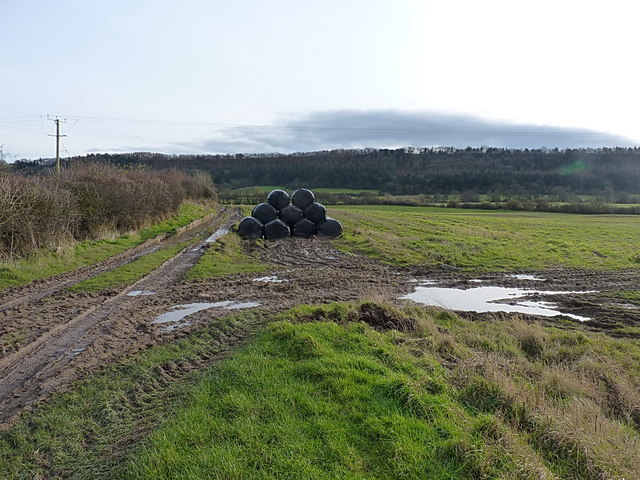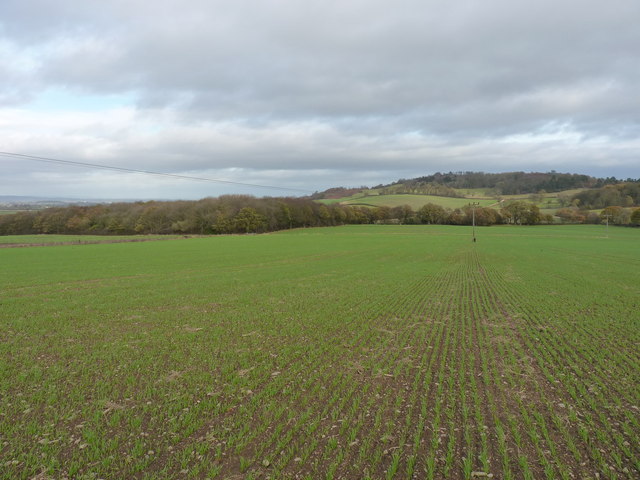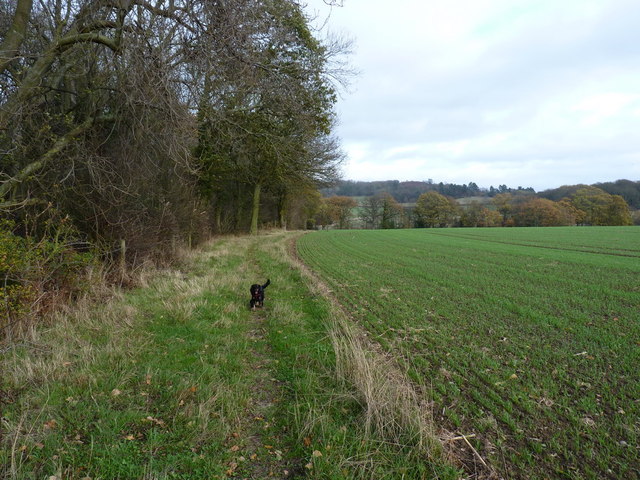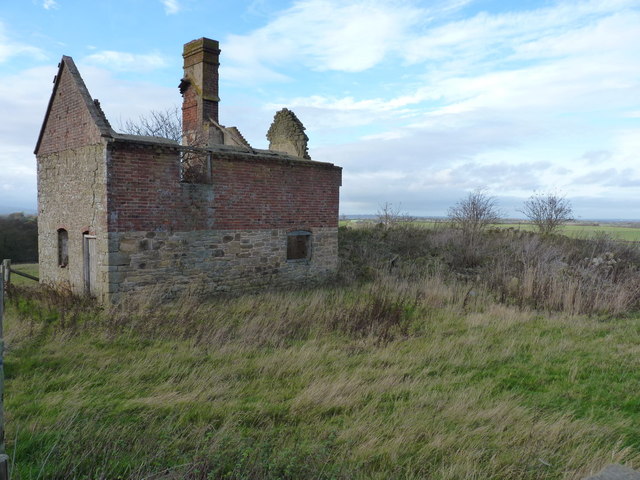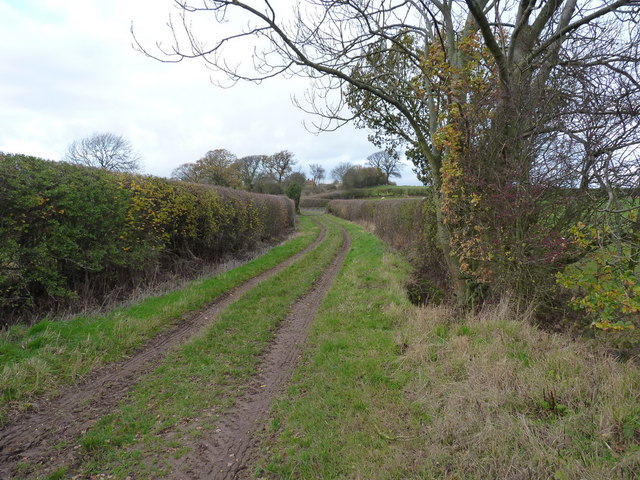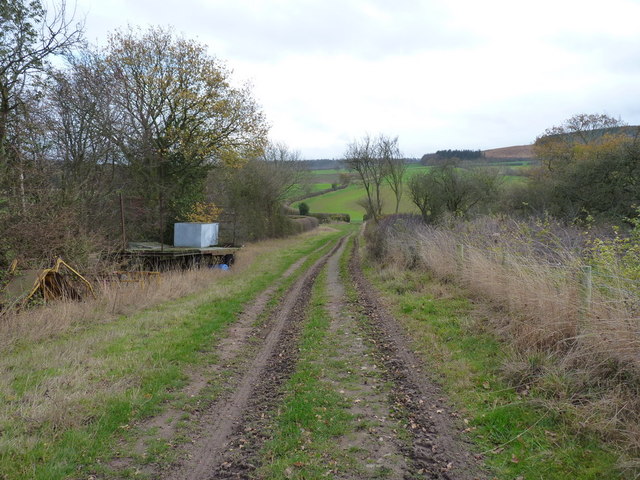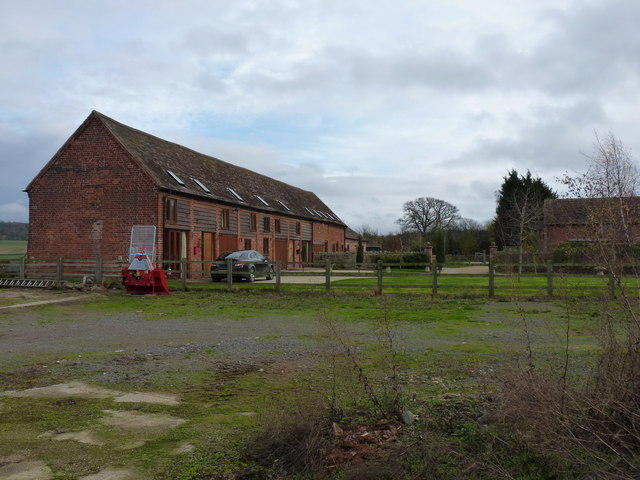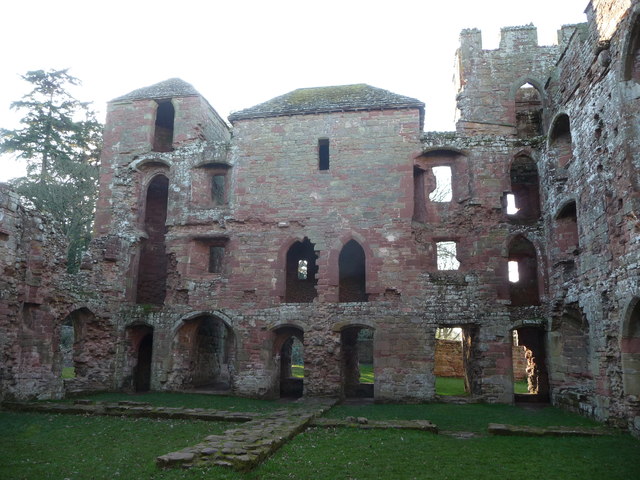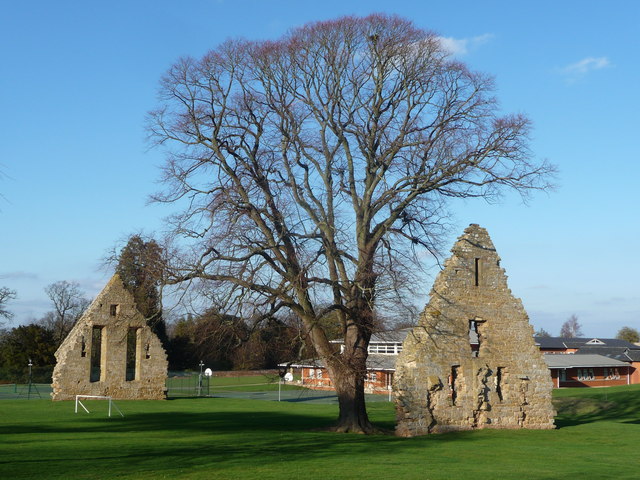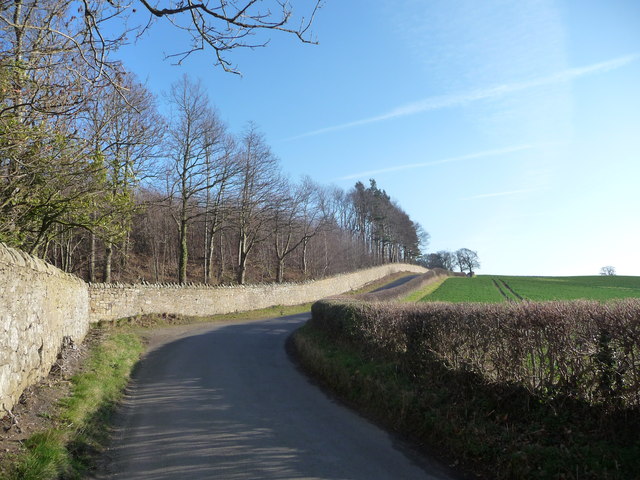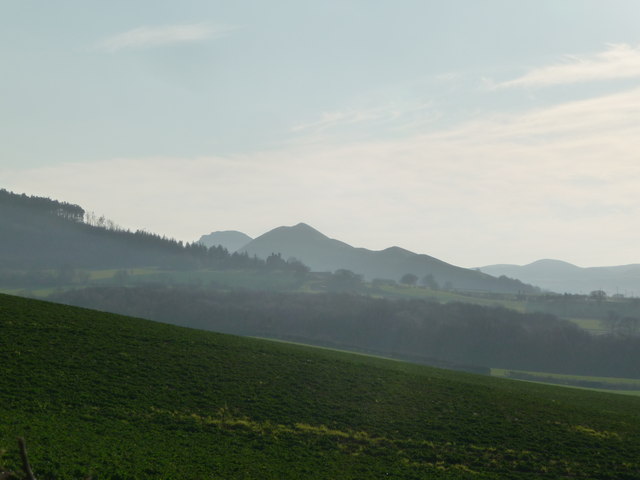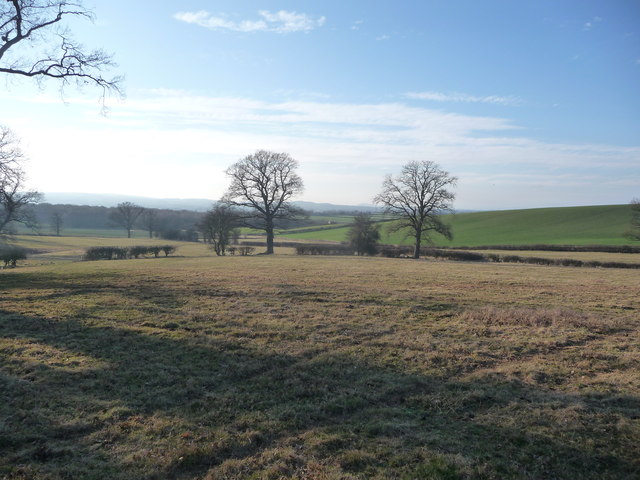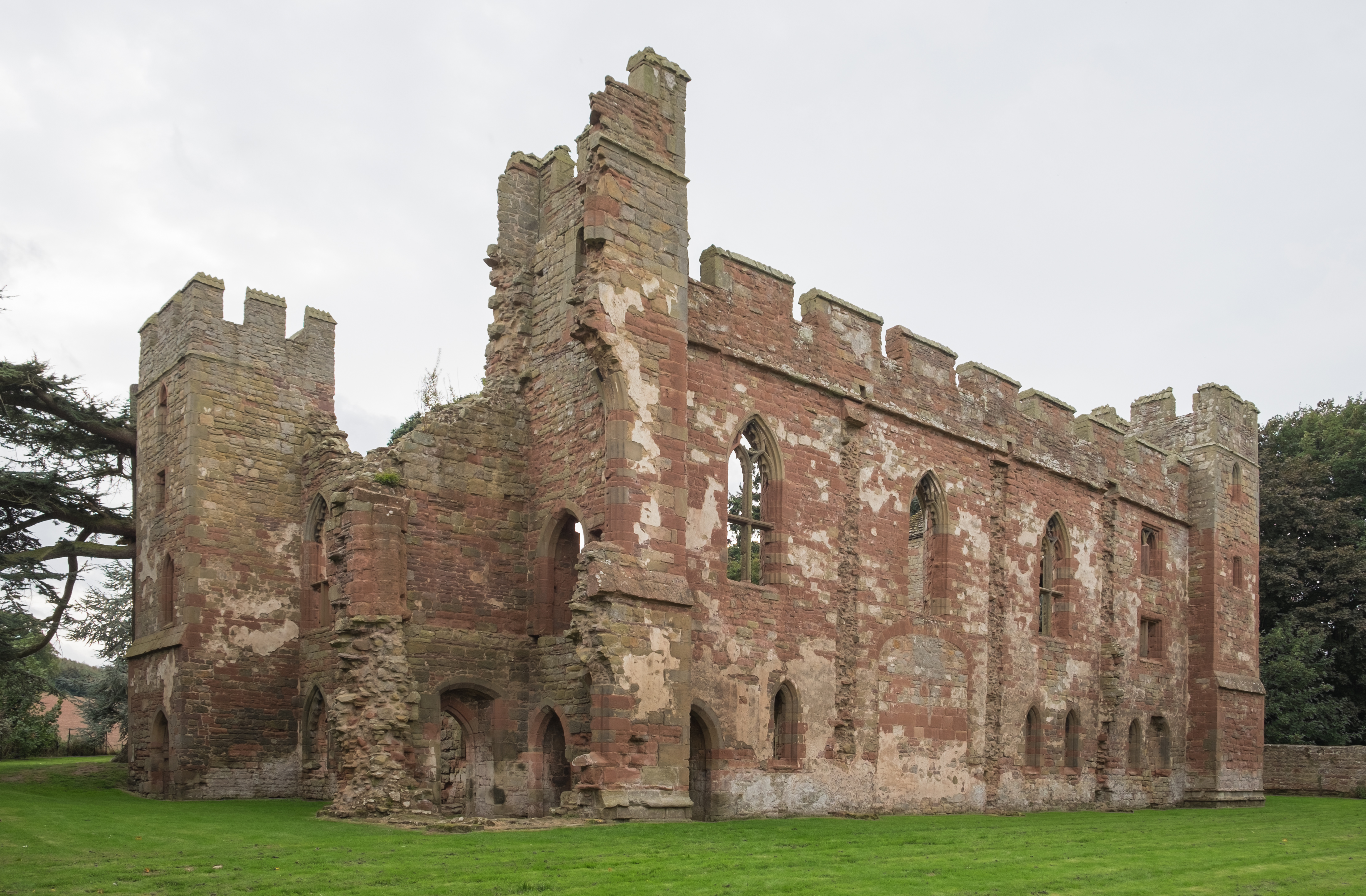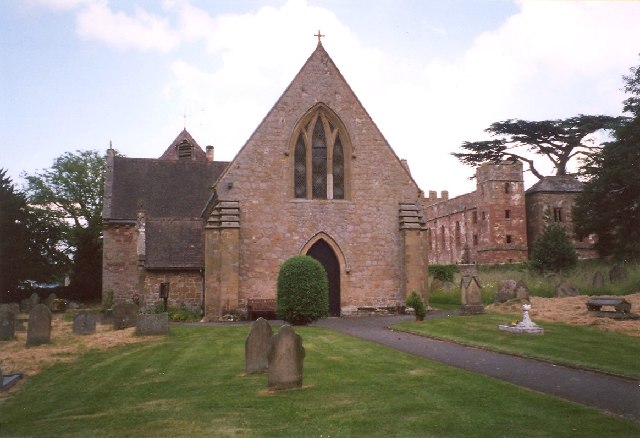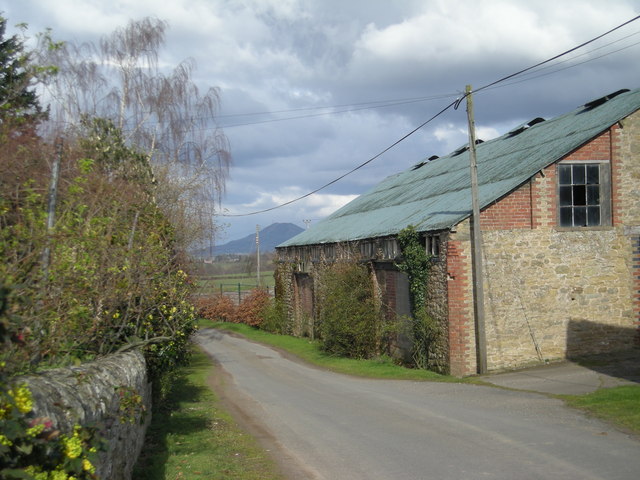Acton Burnell Castle
Heritage Site in Shropshire
England
Acton Burnell Castle
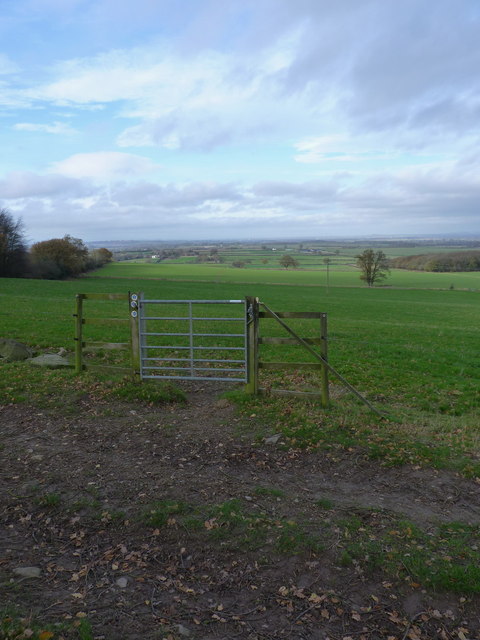
Acton Burnell Castle is a historic site located in the village of Acton Burnell, Shropshire, England. It is a Grade I listed building and is considered a significant heritage site due to its architectural and historical importance.
The castle was constructed in the 13th century by Robert Burnell, the Chancellor of England and a close associate of King Edward I. It was initially built as a fortified manor house and served as the administrative center of the Burnell family estates. The castle boasts a remarkable sandstone exterior, showcasing the architectural style of the period.
One of the highlights of Acton Burnell Castle is its Great Hall, which is believed to be one of the earliest examples of such a structure in England. The hall was used for various functions, including court sessions and social gatherings. Its impressive size and grandeur reflect the status and influence of the Burnell family during the medieval period.
The castle fell into disuse and disrepair in the 17th century, but efforts were made to preserve and restore the site in the 19th and 20th centuries. Today, Acton Burnell Castle stands as a picturesque ruin, surrounded by scenic countryside. Visitors can explore the remains of the Great Hall and other parts of the castle, including the gatehouse and outer walls.
Acton Burnell Castle is a popular destination for history enthusiasts, architecture lovers, and those seeking a peaceful retreat in the English countryside. Its rich history and well-preserved ruins make it a captivating heritage site to visit.
If you have any feedback on the listing, please let us know in the comments section below.
Acton Burnell Castle Images
Images are sourced within 2km of 52.608/-2.687 or Grid Reference SJ5301. Thanks to Geograph Open Source API. All images are credited.
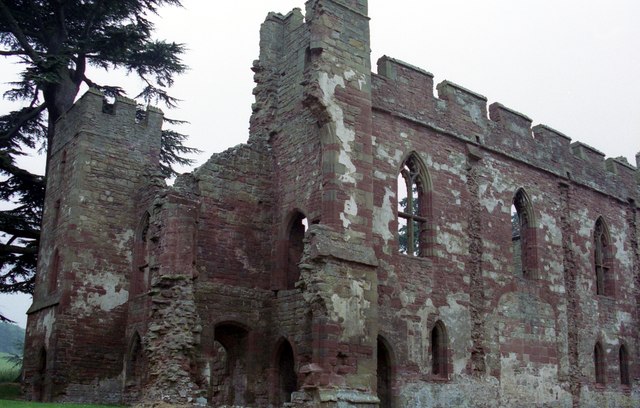
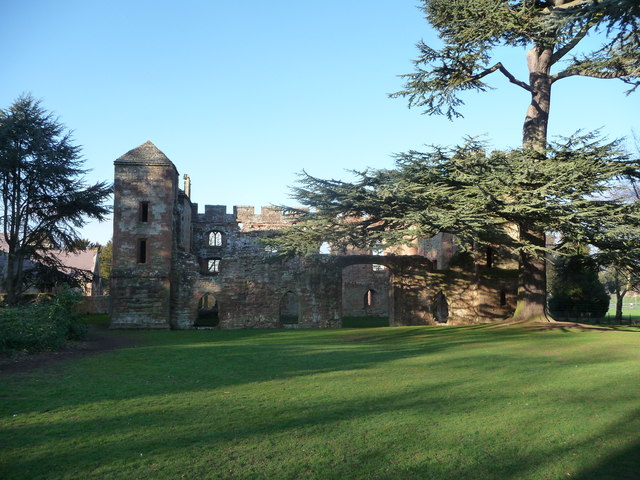
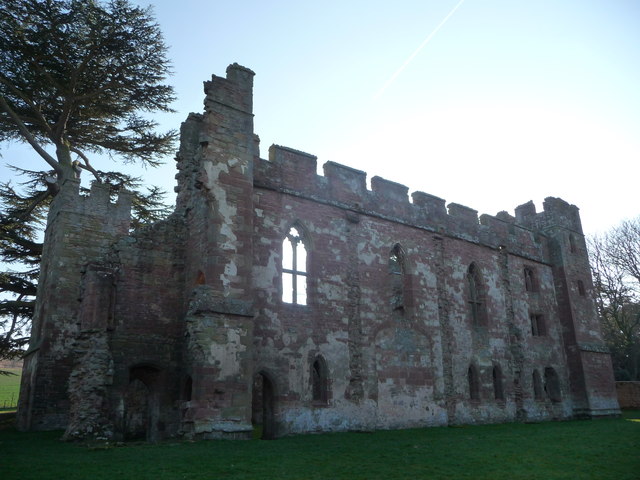
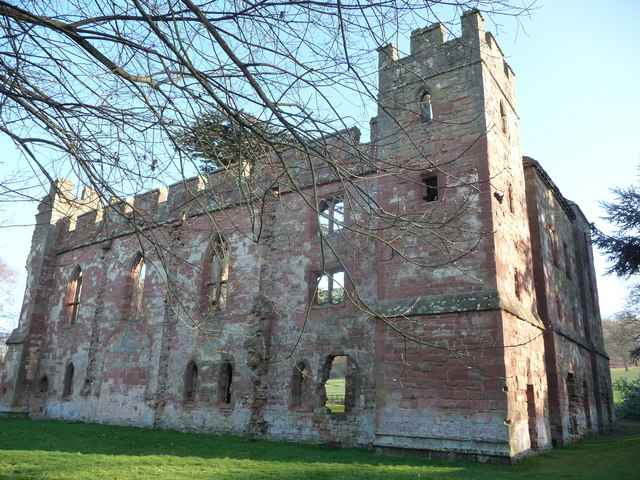
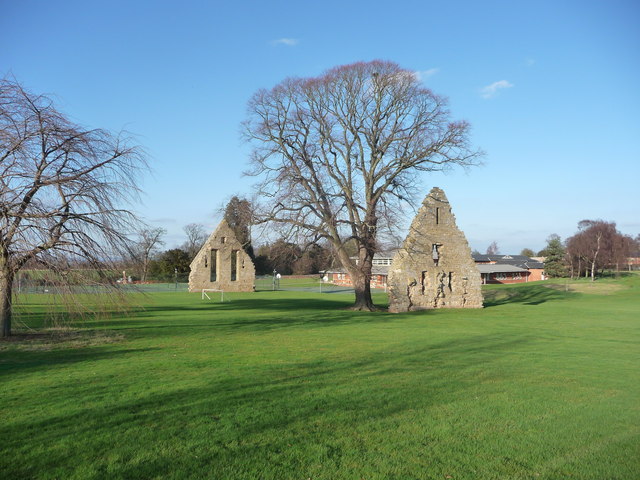
Acton Burnell Castle is located at Grid Ref: SJ5301 (Lat: 52.608, Lng: -2.687)
Unitary Authority: Shropshire
Police Authority: West Mercia
What 3 Words
///regularly.meanest.wildfires. Near Kenley, Shropshire
Nearby Locations
Related Wikis
Nearby Amenities
Located within 500m of 52.608,-2.687Have you been to Acton Burnell Castle?
Leave your review of Acton Burnell Castle below (or comments, questions and feedback).
